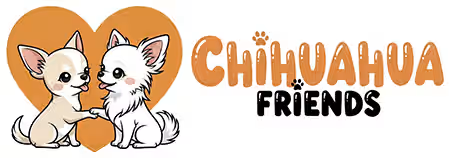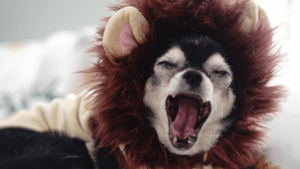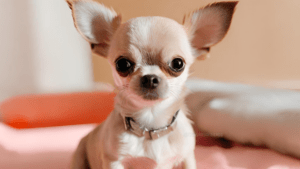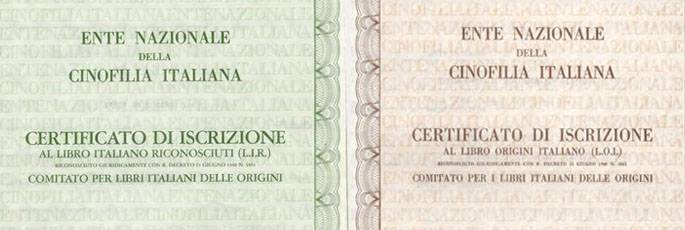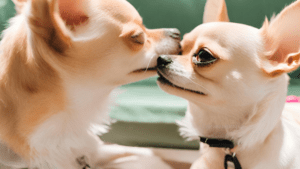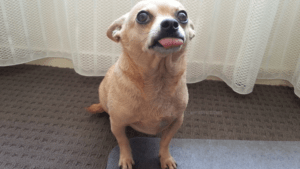The arrival of the puppy
The arrival of a puppy into a family often results in excitement and turmoil that should never, however, cause the new owner to lose sight of the little one’s needs from the very first days.

The arrival of a puppy into a family often results in excitement and turmoil that should never, however, cause the new owner to lose sight of the little one’s needs from the very first days.
Although it is vitally important to provide the latter with excellent nutrition, a “little corner of his own,” and all the necessary health care, it is good to remember how equally important it is to set up, from the very beginning, “little rules of life” that will make your relationship with the newcomer increasingly close and balanced. In fact, we must not forget how “your fluff ball” will become (sometimes all too quickly !) an adult dog, with its own character, the result not only of breed predispositions but, especially, of the relational experiences it will go through in its childhood period.
First of all, remember how it is a serious mistake to adopt a puppy before 6 to 8 weeks of age, depriving it of the opportunity to interact with its mother and siblings and preventing one of the earliest learning processes, called impregnation. The relationship with his peers, especially through play, will enable the latter to learn the first rules of intraspecific communication and to adopt proper exploratory behavior toward the small world around him. In fact, in the first few weeks so-called “star exploration” occurs, in which the only reference point always remains the mother. It will tend to reassure him, when necessary, until stimuli in the environment begin to become familiar, such that they no longer arouse any reaction. In addition, this will also allow for a proper degree of socialization with non-conspecific individuals, including humans, who will be recognized as true social partners (in the film you can see the interaction of a dog, properly socialized as a puppy, with an individual definitely of another species !). Lack of these interactions leads to severe behavioral disorders, sometimes difficult to resolve, such as real phobias toward external stimuli, toward which they have not been adequately sensitized (recall for example the fear of thunderstorms) or behaviors of hesitation or even predatory aggression toward those whom they have not been acquainted with in the period described above, whether it is conspecific or not, as well as various forms of anxiety.
In addition, puppies also develop attachment during this period. to places, sites, or objects for which not only the entry into a new environment will be less traumatic, but also a better response to the use of collars, harnesses, and leashes can be observed, as well as the development of a preference for the substrate and place of evacuation, important, therefore, for proper education to eliminate droppings. Once home, on the other hand, we try not to nag the puppy, but let it have time to acclimatize to its new environment, exploring it independently and intervening only at the moments when it itself prompts us to interact (you will see that these moments will be increasing !). It is also important to establish, from the very beginning, a proper “modus comunicandi” by avoiding shouting and noise that could only annoy and agitate the newcomer. In fact, a puppy’s attention is easily stimulated through normal tone of voice, preferring long interrupted notes to calm him down or short and rapidly decreasing beeps (just a sharp “NO” !) to immediately stop any behavior we do not like. Finally, it is of paramount importance to never forget how “your four-legged friend” has its own “subjectivity” and ethological characteristics that must be respected at all times.
In other words, your puppy is definitely not a mere object, but neither is it a substitute for a baby or child. In fact, even the latter options relegate “the little one” to an overly onerous social role, which could lead to the development of anxieties, frustrations and emotional area disorders. So it is as good to definitely reward the puppy for any behavior that we want to emphasize, perhaps with a morsel of food to be bestowed immediately after the act (i.e., within half a second!), as it is to punish it in inappropriate circumstances, avoiding, in any case, physical confrontation. This is because in animals with an already dominant temperament, the violent act only encourages agonistic and eventually aggressive behavior over time. Instead, it is good to set up from the earliest days, within the relationship, constant and generalizable rules that establish the proper hierarchical order, the top of which must be ours.
Therefore, it will not be “cruel” to teach the puppy to eating after us, providing him with the bowl only just enough to finish his ration of the moment (let’s not forget that pooches need to eat at least 5 times a day, at least until the 4th month) and not lavishing him with anything at all during our of meal. Also, we prevent our couch and bed from becoming “his.” These small arrangements have an important ethological implication.
This is why anyone interested in adopting a dog should almost compulsorily inquire about behavior, either through textbooks or directly from the veterinary doctor.
Dr. Francesca Serafini
Dr. collaborates with the Dannunziana Veterinary Clinic (dir.san. Massimo Sciannimanico) with special interest in Emergency Room, Internal Medicine, Radiology and Laboratory.
